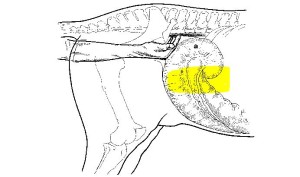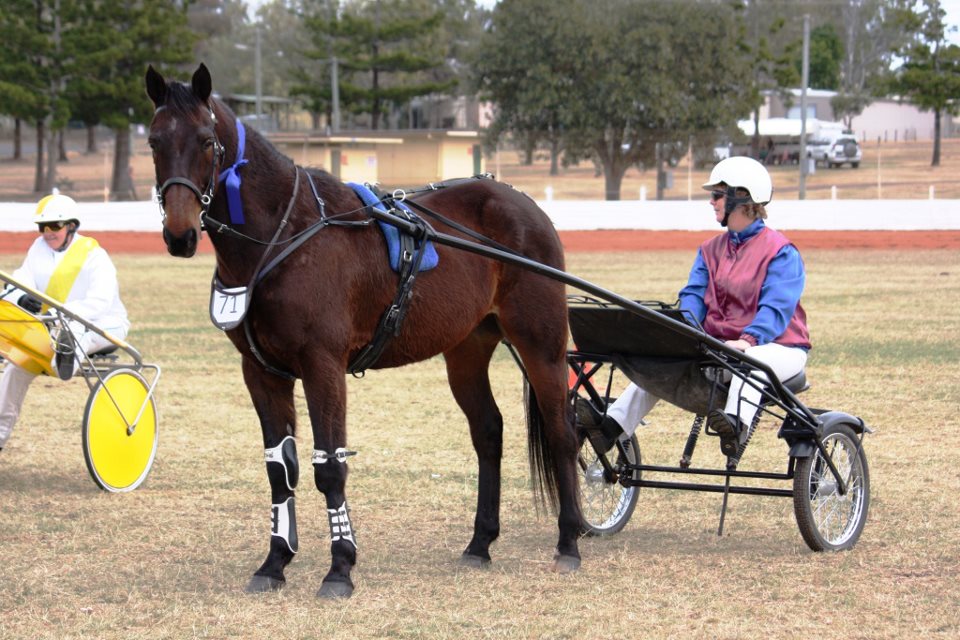At the start of December, my daughters horse Ekky wasn’t interested in breakfast, which was really unusual for him.
He appeared to be a bit uncomfortable, and was doing a little pawing at the ground, and laying down a bit.
He was brought over to the house yard to keep him under observation and give him some basic homeopathics to help with gut movement, but by mid afternoon he hadn’t got any better, though no worse either, so we decided to call the vet.
They said to bring him in so they could run some tests to see what was going on.
The initial manual check indicated possible impaction, so next thing he had a nose tube, and around 5 litres of paraffin oil into his stomach to help lubricate things. Normal travel time for the oil would be 12-15 hours, so that meant at least overnight in the hospital.
Next the senior vet came to have a feel of what was going on, and he straight away said it didn’t feel like impaction, but was the spleen displaced. Where it should have been up on the left side near the hip, it was all the way over on the right hand side, and half way down the stomach.


No wonder the poor guy was in pain. His spleen was sitting around where the yellow is on the picture on the right, instead of where it should be, like the picture on the left.
This also then caused the large intestine to be pushed out of place and the whole intestine section had rotated in the stomach.
So the next question was what can be done.
We were so fortunate that our vet is actually one of the leading vet’s in Australia for colic treatment and surgery, so we were already at the hospital and didn’t have to organise travel anywhere else for what was needed next.
With this type of colic, there have been various intermediate remedies tried, but in our vets experience, none of them had very good or reliable outcomes.
a) We could try just waiting to see if the oil would go through and clear enough for it to settle back into place if he was kept under semi sedation to relax everything.
b) We could try sedating him, and rolling him onto his back to see if the spleen would work it’s way back into place with the help of gravity.
c) The third option was to get him into surgery as quickly as possible, to allow checking of the whole of the intestine for any other issues such as twisting that may have compromised the health of the digestive system, as well as manually place the spleen back into the correct position.
This third option was going to be horribly expensive, and not 100% guaranteed to work as it depended on the health of everything, and how good his recovery was afterwards.
But this is Ekky. He’s been with us the longest of all our horses, and he’s the one that is always pulled out of the paddock for anyone to have a ride on. He can be left without work for 12 months, brought in, washed, plaited and taken to a show, and he will be placed in his classes, whether under saddle or in harness.

He is part of our family, we need to do the best for him, and that means everything we can to help him survive.
BUT, one of the previous foals we’d bred had been a premmie foal and we had only just finished paying off the bill from that one, with no more reserves built yet to be in place for an operation of this size.
How could we help Ekky…
To be continued next week.
You can help Ekky by donating to Laura’s GoFundMe campaign for Ekky’s Emergency Colic Campaign. Any help, even just sharing the page will help, and is appreciated.

